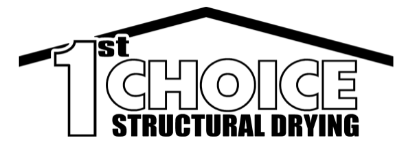Typical Errors in DIY Water Damage Restoration
Water damage can be a homeowner’s nightmare, striking unexpectedly and causing significant destruction that can be both emotionally and financially draining to restore. When such a disaster hits, the immediate impulse for many is to jump into action, attempting to tackle the restoration themselves in an effort to mitigate costs and regain control. However, this well-intentioned initiative often leads to common, yet critical mistakes that can significantly worsen the situation.
In this blog post, we will delve deeper into these pitfalls and explain why enlisting professional help is not just beneficial but crucial in handling water damage effectively. DIY approaches, while seemingly economical and immediate, lack the nuanced understanding and specialized tools required for comprehensive and safe restoration. These attempts can overlook underlying issues, leading to long-term damage and increased costs down the line.
We’ll explore several common errors made during DIY water damage restoration, from underestimating the extent of moisture penetration in structural components to using inappropriate drying techniques that fail to address the core problems. Understanding these frequent missteps can equip you with the knowledge to make informed decisions about how to best manage such unfortunate incidents, ensuring your home’s safety, structural integrity, and your own peace of mind. By recognizing the limitations of DIY efforts and the value of professional intervention, homeowners can protect their investments and avoid the pitfalls that come with handling complex restoration tasks alone.
Underestimating the Extent of Water Damage
One of the most common mistakes in DIY water damage restoration is underestimating the scope of the damage. Homeowners often see the surface-level effects—water stains, wet carpets, or standing water—but fail to recognize the deeper, more insidious damage that water can cause. Water has a way of seeping into hidden nooks and crannies, affecting insulation, subfloors, and internal structures that are not visible at first glance.
Without the right tools, such as moisture meters and thermal imaging cameras, it’s almost impossible for an untrained individual to assess the full extent of water infiltration. This oversight can lead to severe long-term problems like structural weakening, mold growth, and even electrical hazards as moisture remains in unseen areas.
Professionals in water damage restoration are trained to identify and address these hidden issues. They conduct a thorough assessment of the affected areas, using advanced diagnostic equipment to map out moisture and ensure that no corner remains untreated. This comprehensive approach is crucial for preventing ongoing damage and restoring the property effectively, which often goes beyond the capabilities of typical DIY efforts.
Delaying the Response Time
A critical mistake many homeowners make when attempting DIY water damage restoration is not acting quickly enough. Water damage is particularly insidious and can worsen significantly within just 24 to 48 hours. Materials like wood, drywall, and carpet are highly absorbent and can start deteriorating almost immediately upon becoming damp. The longer water sits, the more likely it is to penetrate deeply into these materials, complicating the drying process and potentially leading to irreversible damage.
Many DIY restorers do not realize the urgency required or might delay action due to the time needed to research and gather resources. In contrast, professional restoration teams are ready to respond at a moment’s notice. They have the training and equipment on hand to start the mitigation process immediately, greatly reducing the risks of mold growth, structural damage, and additional expenses.
Timing is everything in water damage control. Swift, decisive action not only stabilizes the condition but also limits the scope of the damage, ensuring a more successful and cost-effective restoration. By understanding the importance of rapid response, homeowners can better appreciate why professional services are vital in emergency situations.

